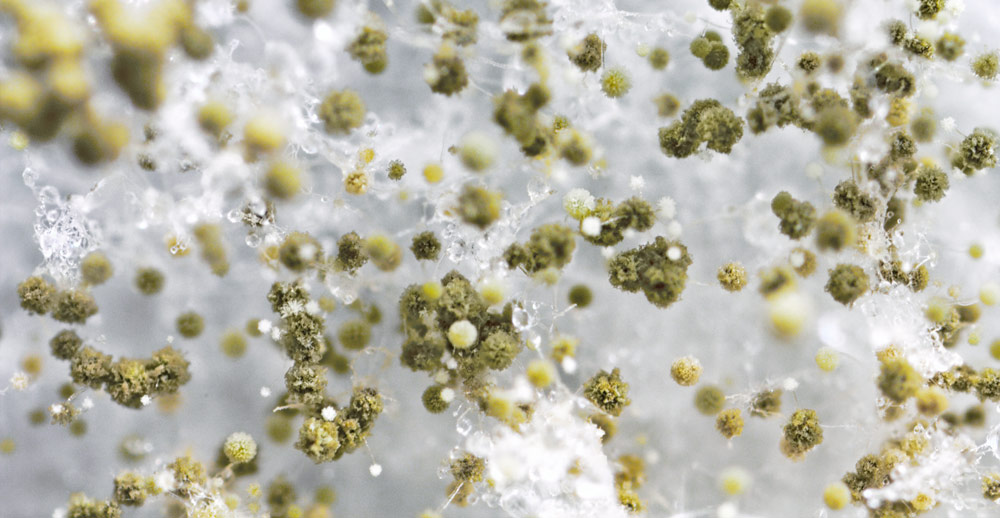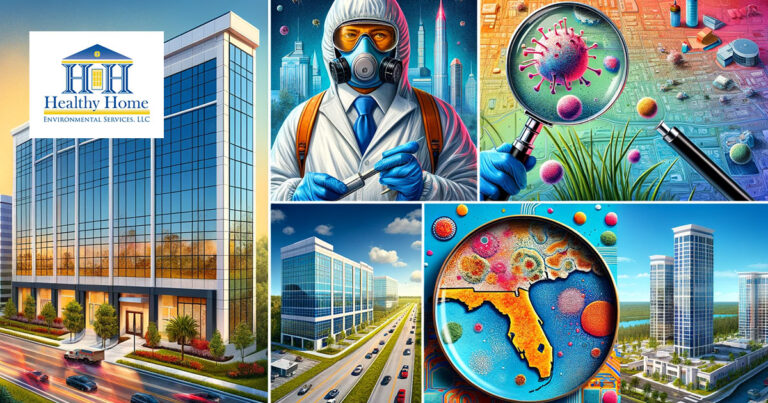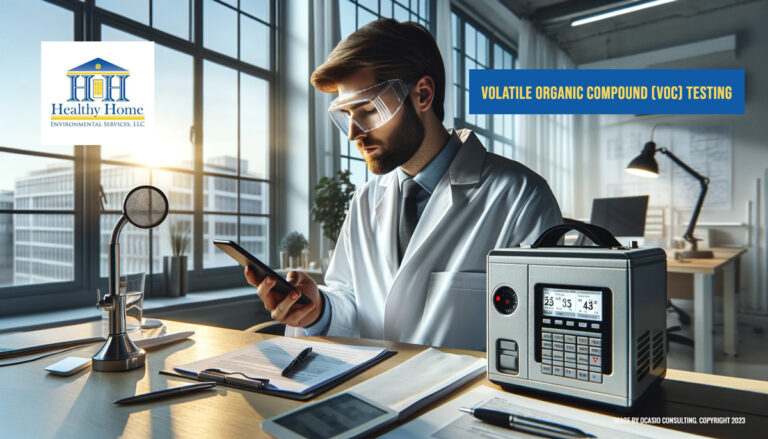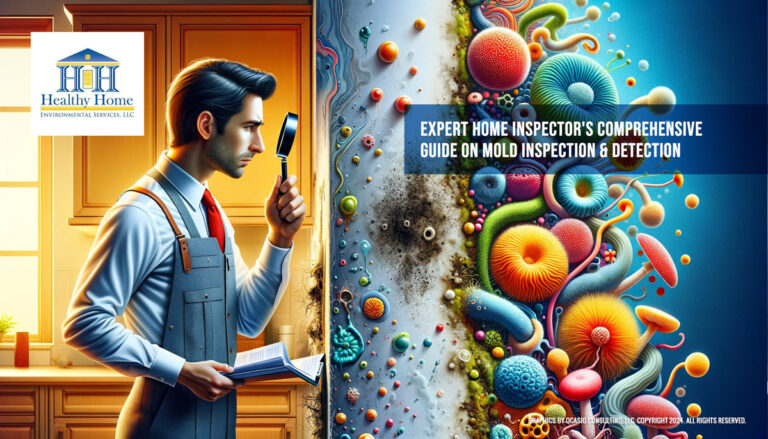Know the signs: How to identify black mold symptoms and protect your health
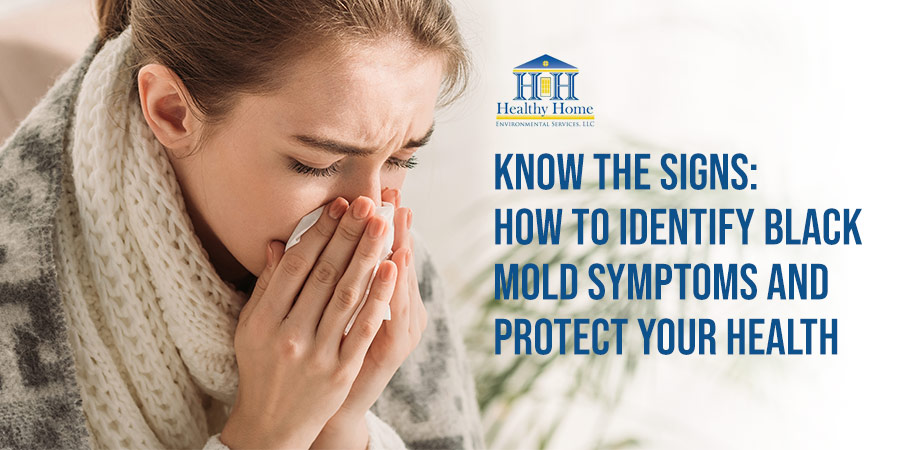
I. Introduction
Black mold, also known as Stachybotrys chartarum, is a toxic form of mold that can have serious health effects. It grows in damp, humid areas and can produce dangerous mycotoxins that can cause severe respiratory problems, allergic reactions, and other health concerns.
Identifying black mold symptoms is crucial for protecting your health and that of your family. In this article, we will explore the signs of black mold exposure and how to prevent it from growing in your home.
II. What is black mold?
Black mold is a type of fungus that grows in areas with high humidity, moisture, and warmth. It typically appears black or dark green and has a slimy texture. It can grow on surfaces such as drywall, carpet, and wood, as well as inside air ducts and HVAC systems.
Black mold is often associated with water damage and can grow quickly in areas that have experienced flooding or other water-related disasters.
III. Health risks associated with black mold exposure
Exposure to black mold can have severe health consequences, particularly for those with weakened immune systems, allergies, or pre-existing respiratory conditions. Some of the health risks associated with black mold exposure include:
A. Respiratory issues: Black mold can cause serious respiratory problems such as asthma, chronic coughing, and difficulty breathing.
B. Allergic reactions: Exposure to black mold can trigger allergic reactions, such as sneezing, runny nose, and itchy eyes.
C. Neurological symptoms: Black mold exposure can cause neurological symptoms such as headaches, dizziness, and memory loss.
D. Other health concerns: Black mold exposure has also been linked to skin rashes, fatigue, and depression.
V. How to identify black mold symptoms
Identifying black mold symptoms is essential for protecting your health and that of your family. The following are the signs of black mold exposure:
A. Visual signs
- Black mold appearance: Black mold appears black or dark green and has a slimy texture. It can grow in patches or as a fuzzy coating on surfaces.
- Musty odor: Black mold often produces a strong, musty odor that is difficult to ignore.
B. Physical symptoms
- Skin irritation: Exposure to black mold can cause skin rashes, hives, or other skin irritation.
- Headaches and fatigue: Black mold exposure can cause chronic fatigue and headaches that do not improve with medication.
C. Professional testing
If you suspect that you may have black mold in your home, it is best to seek the help of a professional to conduct mold testing. A professional can perform air quality tests to detect the presence of mold spores and identify the specific type of mold present in your home.
V. Protecting yourself from black mold
Protecting yourself from black mold requires taking preventative measures and addressing the root cause of the mold growth. Here are some tips to prevent black mold from growing in your home:
A. Prevention methods
- Keep moisture levels low: Black mold thrives in damp environments, so it is important to keep moisture levels low by using dehumidifiers and ensuring proper ventilation.
- Fix water leaks immediately: If you notice any water leaks or damage, it is essential to fix them immediately to prevent mold growth.
- Increase ventilation: Opening windows and using exhaust fans in bathrooms and kitchens can help to increase ventilation and reduce moisture levels.
B. Cleaning up mold
- DIY methods: If you have a small amount of mold in your home, you can clean it up using a mixture of bleach and water or vinegar and baking soda.
- Hiring professionals: If you have a large amount of mold in your home or are experiencing severe health symptoms, it is best to hire a professional mold remediation company to safely and effectively remove the mold.
VI. Conclusion
Black mold is a toxic form of mold that can have serious health consequences. Identifying black mold symptoms and taking preventative measures to protect yourself and your family is crucial for maintaining good health.
By following the tips outlined in this article, you can prevent black mold from growing in your home and keep your living environment safe and healthy.
If you need a professional mold inspection, contact the experts at Healthy Home Environmental Services to book a consultation. or call (407) 273-9387 for more details.
VII. FAQs
Can black mold cause serious health problems?
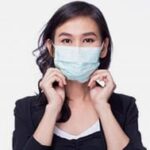
Yes, exposure to black mold can cause serious health problems such as respiratory issues, allergic reactions, neurological symptoms, and other health concerns.
How long does it take for black mold to grow?
Black mold can start growing within 24-48 hours of exposure to water or moisture.
Is it safe to clean black mold on my own?
If you have a small amount of mold in your home, it is generally safe to clean it up on your own using a mixture of bleach and water or vinegar and baking soda. However, if you have a large amount of mold or are experiencing severe health symptoms, it is best to hire a professional mold inspection and testing company.
Can I be exposed to black mold without knowing it?
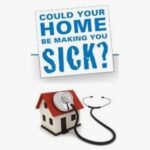
Yes, you can be exposed to black mold without knowing it. Black mold often grows in hidden or hard-to-reach areas such as air ducts or behind walls.
How can I prevent black mold from growing in my home?
You can prevent black mold from growing in your home by keeping moisture levels low, fixing water leaks immediately, and increasing ventilation. If you suspect that you may have black mold in your home, it is best to seek the help of a professional to conduct mold inspection, assessment, and testing to identify and safely help remove the mold.



